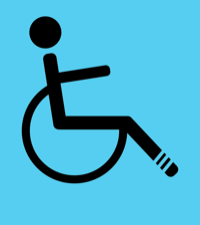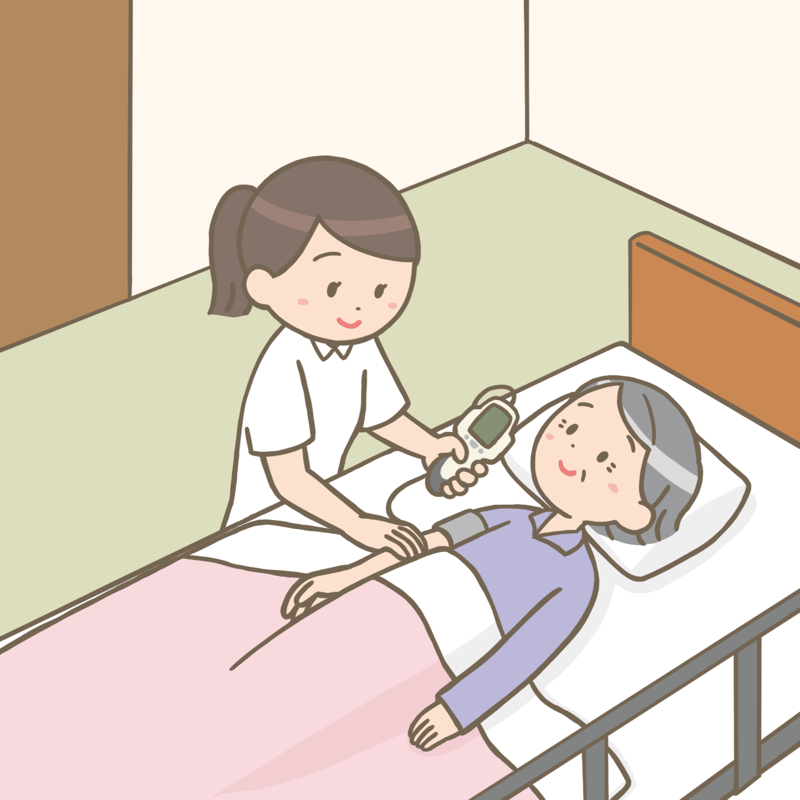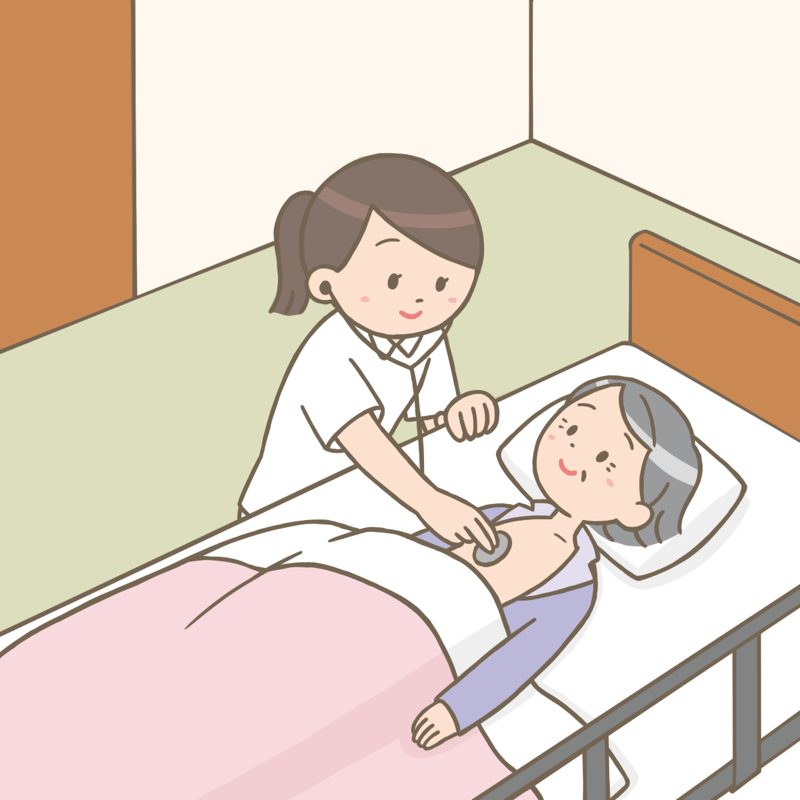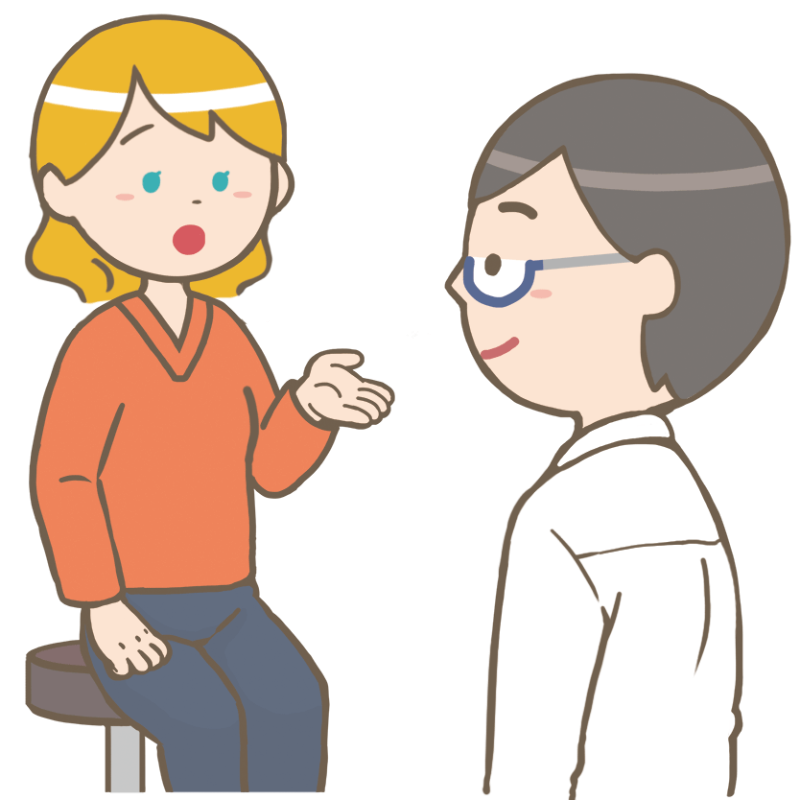こんにちは♪
Hello ♪
看護探究隊のあやぱんです。
I’m Ayapan from the Nursing Inquiry Team.
この記事を読みに来てくださりありがとうございます♡
Thank you for visiting my blog.
海外医療のカテゴリーでは、語学留学の経験を経て現在シンガポールに在住する看護師のあやぱんが、「海外医療の現場で必要な医療英語」と「海外の医療や看護」についてまとめています。
In the category of overseas medical care, Ayapan as a nurse, who has studied abroad and currently lives in Singapore, summarizes “Medical English required in the field of overseas medical care” and “Overseas medical care and nursing”.
今回は看護師が患者のバイタルサインを測定する時の英会話です。
This is a English conversation when a nurse measures the vital signs of patients.
図でわかりやすく医療英単語を覚えていきましょう。
Let’s learn medical English words easily with illustrations.
Conversation (バイタルサイン測定中の会話)
 あやぱん
あやぱん
I’m here to measure your vital signs.
May I come in?
(Aさんこんにちは。検温しに来ました。病室に入ってもよろしいですか。)
(どうぞ。)
 患者A
患者A
 あやぱん
あやぱん
Please place the thermometer under your arm.
(まず最初にお熱測りますね。体温計を脇に挟んでください。)
 あやぱん
あやぱん
(今日の調子はいかがですか。)
I walked along a corridor by myself today.
(悪く無いよ。今日は一人で廊下を散歩できたんだ。)
 患者A
患者A
 あやぱん
あやぱん
Oh, by the way, I am going to take your SPO2 also.
(それは良かったですね。あ、そいえば体の酸素濃度も測りますね。)
体温、SPO2測定中。
 あやぱん
あやぱん
And an alarm of the thermometer just went off, so could you show me the thermometer?
(SPO2:95%です。ちょうど体温計が鳴りましたので見せていただけますか?)
(はい、どうぞ。)
 患者A
患者A
 あやぱん
あやぱん
It is just within the normal range.
I am going to take your blood pressure and Pulse then.
Would you straighten your arm, please.
(体温は36.4℃です。正常範囲内ですね。次に血圧と脈拍を測ります。腕を伸ばして下さい。)
(わかりました。)
 患者A
患者A
血圧測定中。
 あやぱん
あやぱん
It is a little higher than normal, but it’s OK.
Pulse is 72.
(血圧142/64です。少し正常値より高いですが、問題ないです。脈拍は72回です。)
(いつも通りの値だね。)
 患者A
患者A
 あやぱん
あやぱん
I am going to listen to your breath sounds at last.
(そうですね。最後に肺の音聴きます。)
肺音聴診中。
 あやぱん
あやぱん
Do you have a shortness of breath or a palpitation?
(肺の音もキレイです。息苦しさや動悸はありませんか?)
(ありません。)
 患者A
患者A
 あやぱん
あやぱん
If you have these symptoms, please tell me anytime.
Thanks for your cooperation.
(わかりました。もし、これらの症状を感じたらいつでも教えて下さい。それでは、失礼します。)
Thank you.
(わかりました。ありがとう。)
 患者A
患者A
Key sentences (現場で使えるフレーズ)

今から体温測りますね。
I am going to take your temperature.
★体温(temperature)のところは、脈拍(pulse) 血圧(blood pressure)などに置き換えられます。
体温は36.5℃です。
Temperature is 36.(point)5℃(degrees).
★点はポイント、℃はディグリースと言います。
脈拍は72回です。
Pulse is 72.
★脈拍は英語で、Pulse(パルス)またはHeart rate です。
血圧は126/60です。
Blood pressure is 126 over 60.
★血圧の上下を報告するときは数値の間に、overまたはonを入れます。
呼吸回数は15回です。
Respiratory rate is 15.
SPO2はルームエアで98%です。
Oxygen saturation is 98% on room air(RA).
★SpO2は酸素飽和度です。
- S=Saturation (飽和)
- P=Pulse (脈)
- O2=oxygen(酸素)
酸素投与なしの場合はon room air(RA)
マスク使用の場合はon hudson mask(HM)
ネーザル使用の場合は on nasal prongs(NP)または on nasal cannula(NC)
あなたの血圧は正常範囲です。
Your BP (blood pressure) is just within the normal range.
★正常範囲は英語で、normal range です。
それは正常より少し高い(低い)です。
It’s a little higher (lower) than normal.
★「高い」の比較級は higher 、「低い」の比較級は lower です。
これで終わりです。ご協力ありがとうございました。
Ok it’s done. Thanks for your cooperation.
★退出する時の「失礼しました。」の代わりに、Thanks for your cooperation. を使います。

聴診器で呼吸音聞きますね。
I am going to listen to breath sounds with a stethoscope.
★聴診器は英語で、Stethoscope と言います。
聴診器を胸に当てます。
I am going to put the stethoscope against your chest.
★聴診器を〜に当てるは、put the stethoscope against someone’s 〜です。
背中(back)やお腹(stomach)に聴診器を当てる時も、言葉を置き換えるだけで使えます。
深呼吸をして下さい。
Take a deep breath.
★よく使うフレーズなので、そのまま覚えましょう。

今日の調子はいかがですか?
How are you feeling today?
頭痛はありますか?
Do you have a headache ?
★症状の有無を尋ねる時は、頭痛(headache)の部分を置き換えるだけです。
- 動悸はありますか?→Do you have a (palpitation) ?
- 息切れはありますか?→Do you have a (shortness of breath) ?
- めまいはありますか?→Do you have a (dizziness) ?
どんな痛みなのか説明していただけますか?
Can you please explain the feeling of your pain?
★英語が苦手な方は、Is it 〜?を使うと簡単に痛みの種類を尋ねられます。
- Is it dull ? (それは鈍痛ですか?)
- Is it crappy ? (それは締め付けられるような痛みですか?)
- Is it throbbing? (それはズキズキする痛みですか?)
1が最も低くて10が最も高いレベルとした時に、1から10で痛みを表すとしたら、その痛みはどのくらいですか?
In a range of 1-10, 1 as the lowest and 10 as the highest, how painful is it?
★1-(to) 10 のようにハイフンはtoと言います。rangeは、値域・範囲という意味です。
その痛みは普段どのくらい続きますか?
How long does it usually last?
★「last 」はいろんな意味を持ち、ここでは動詞の続く・継続するという意味で使われています。
Test(確認テスト)
最後に自分がどのくらい医療英会話を覚えられたか、確認してみましょう
Lastly let’s check how much you learned the medical English conversation.
ワンタッチすると答えが見れます。
Push the Japanese word, you can see the English sentences.
いかがでしたか?
How did you like it?
ちょっとした隙間時間に見てみて下さい。
Please have a look at this article in a little time.
それを続けるだけであなたの未来が変わります。
Just keep doing it, your future will change.
最後まで読んでいただきありがとうございました。
Thank you very much for reading this article all the way through.

終わり♪
The end♪




